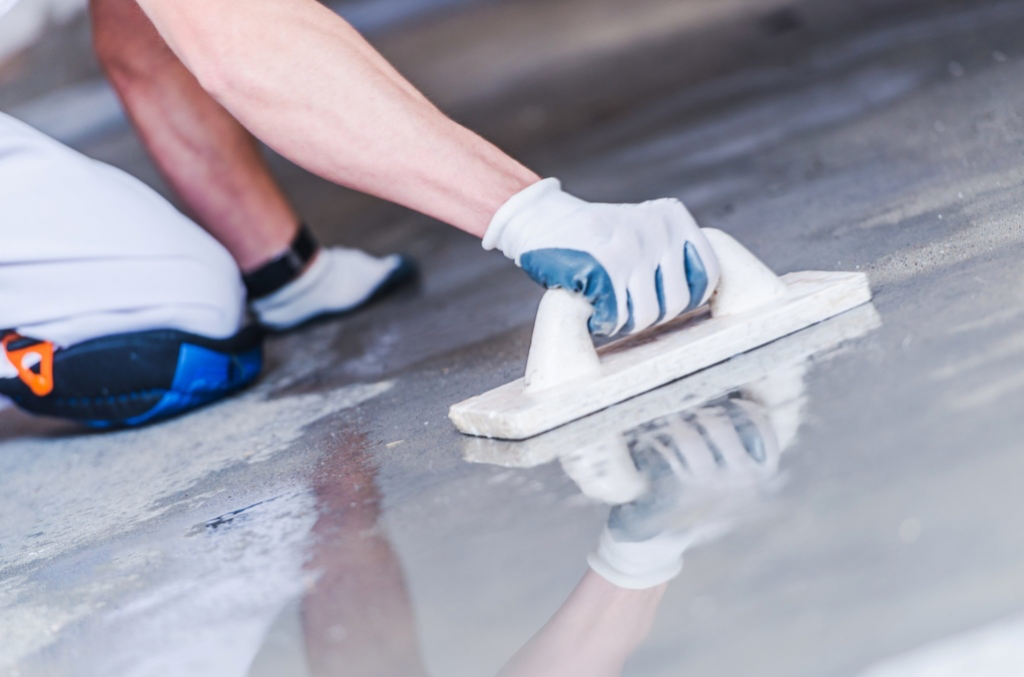THE 7 BEST CHEMICAL WATERPROOFING METHODS

Water damage can affect any structure. Even the most modern, toughest concrete structures can erode over time due to the weather. This will dramatically decrease the worth of your house, not just in terms of its architectural beauty, but also in terms of its structural integrity.
Chemical waterproofing lets you avoid these problems, preserving the manufacturing structures and keeping your industry running smoothly. The right waterproofing for your building can be determined by the work you’re doing as well as the structure.
Acting with construction experts is the way to go in this case. You’ll like industry experts who will not only advise you on the best chemical waterproofing to use, but also carry out the work safely.
They may be able to assist you in determining whether or not to use one of the following approaches for your construction:
1. GROUT AND EPOXY INJECTION
If cracks appear in your concrete, use a grout and epoxy injection to stop them from spreading and waterproof the area. Chemicals are injected into the openings, or holes are drilled into the surface to implant the substance. After that, the grout is injected under heat, where it reacts with some residual water to create a sealant. In spite of the previous fracture, the resulting gel or foam forms a water-resistant membrane. Concrete piping, reservoirs, trenches, and even foundational walls will all benefit from this process.
2. VINYL ESTER RESIN SYSTEM
Another durable layer applied to concrete surfaces to avoid acid and rust damage is vinyl ester resins. Waterproof membranes are formed by the resin’s chemical properties, which protect against moisture and water damage. Vinyl ester can be used as a mortar or slurry mixture in addition to being applied as a coating.
3. POLYURETHANE LIQUID
Polyurethane is a chemical barrier used to waterproof roofs and other unprotected areas. This is a rather adaptable device, but it works well on flat surfaces and without raising the concrete’s moisture level. De-bonding membranes may occur as a result of this, throwing the whole process off. This chemical waterproofing process, though successful, can be very costly.
4. POLYUREA COATING
Polyurea is one of the most durable and adaptable protective coatings available. Its molecular properties as a polymer are to blame for this. Polyurea is a water-resistant, abrasion-resistant, and highly durable fibre. Antibacterial effects are also present in polyurea coatings.
5. CRYSTALLIZATION WATERPROOFING
The chemical composition of crystallisation waterproofing allows it to withstand the effects of main elements that cause corrosion, such as CO2, NO2, and CO, as well as water damage. The crystalline properties of the material fill holes in the cement composition and hold water out, depending on how porous the surface is. This technique can be used with a brush or a spray. The chemicals have the ability to penetrate deep into the concrete and have long-term protection.
6. PERMEABILITY-REDUCING ADMIXTURES (PRAS)
PRAs come in a variety of shapes and sizes, and they work on the same principles as crystallisation waterproofing. Chemicals are preferred because of their constructive qualities, which reduce concrete permeability. By tightening sealings in the concrete, PRAs also help to minimise dry shrinkage, protect against thawing and freezing effects, and lower chloride-ion effects. PRAs are widely used in the concrete blend. This approach is suitable for architectural concrete that is subjected to rain or humid weather on a regular basis.
